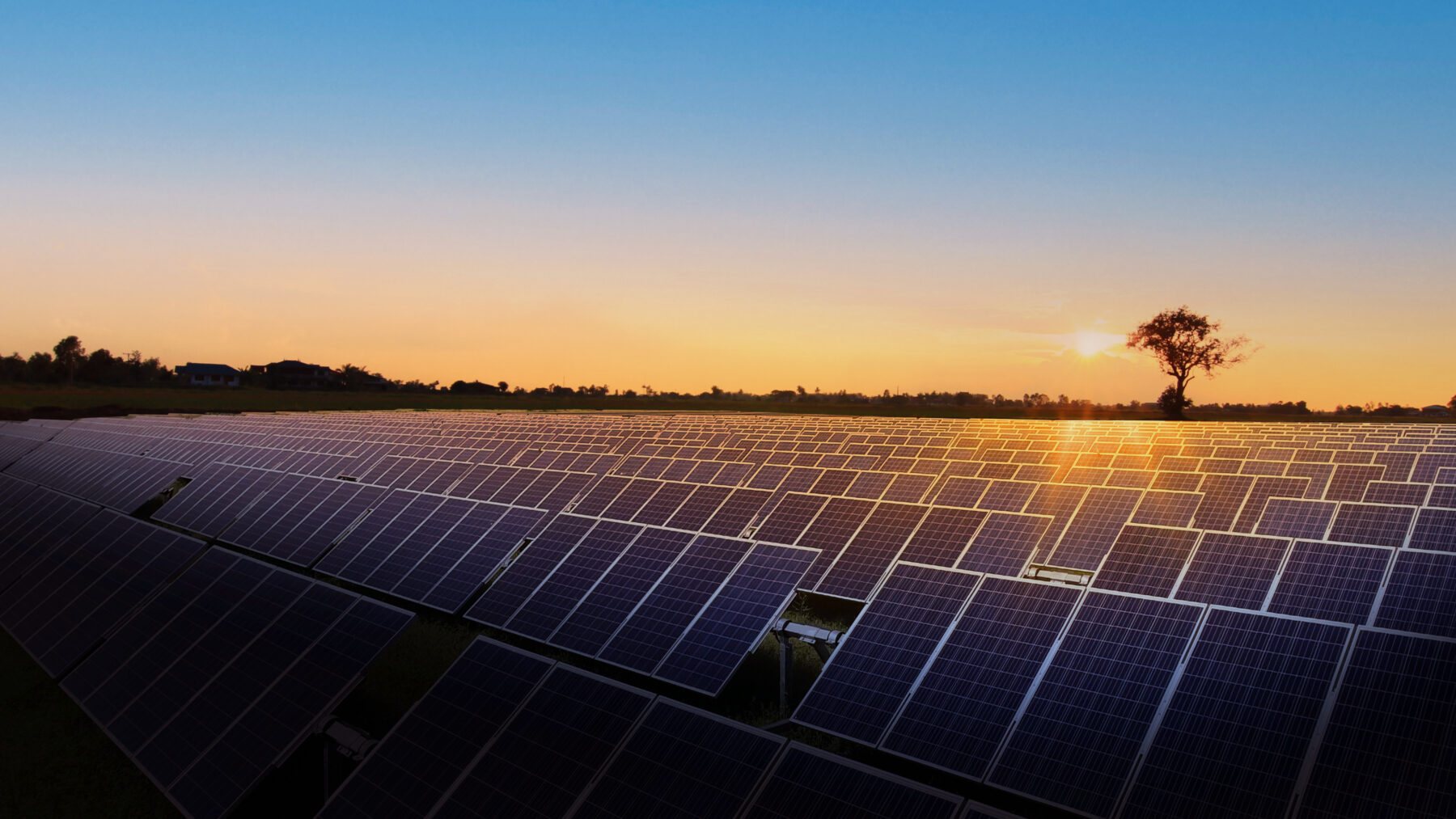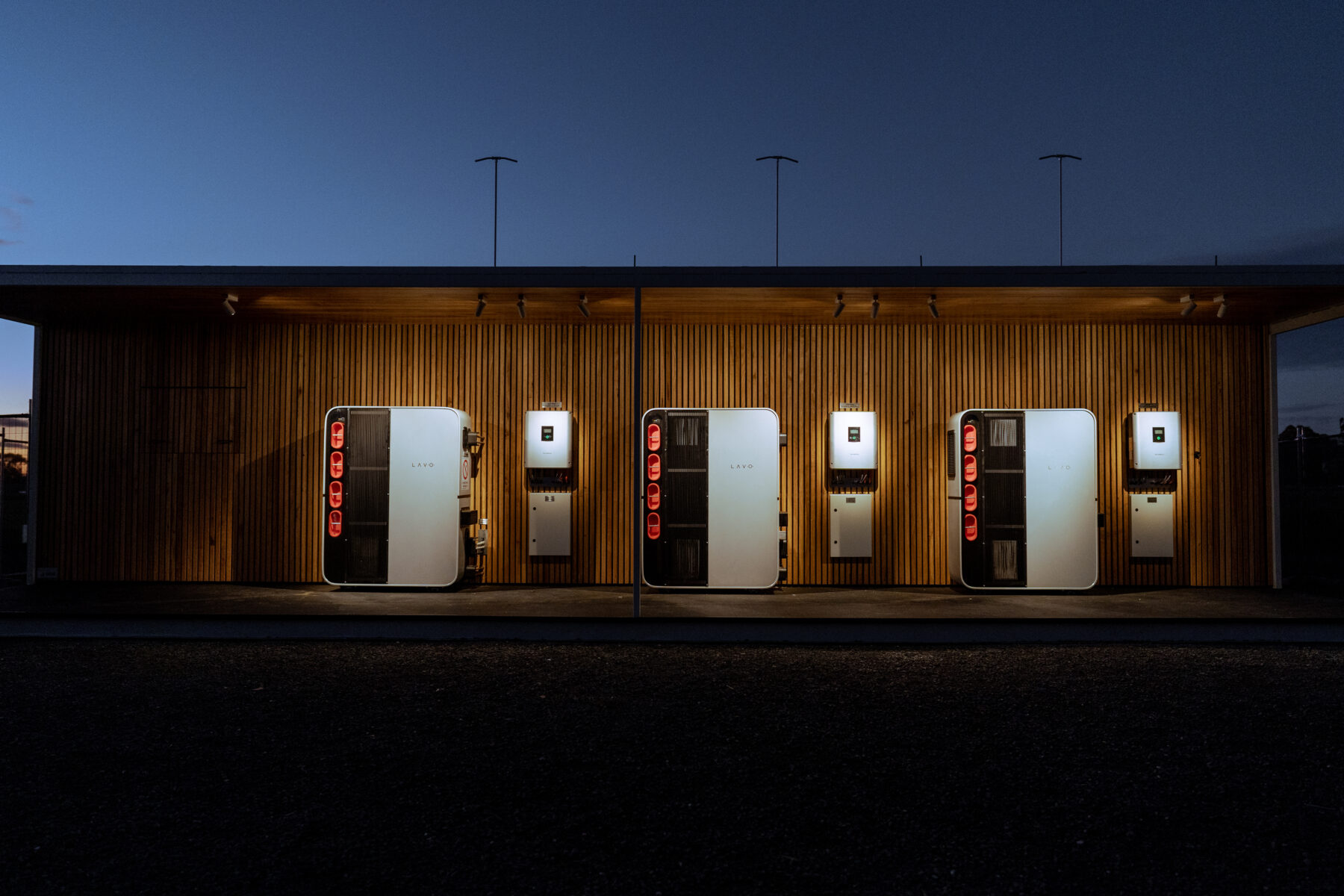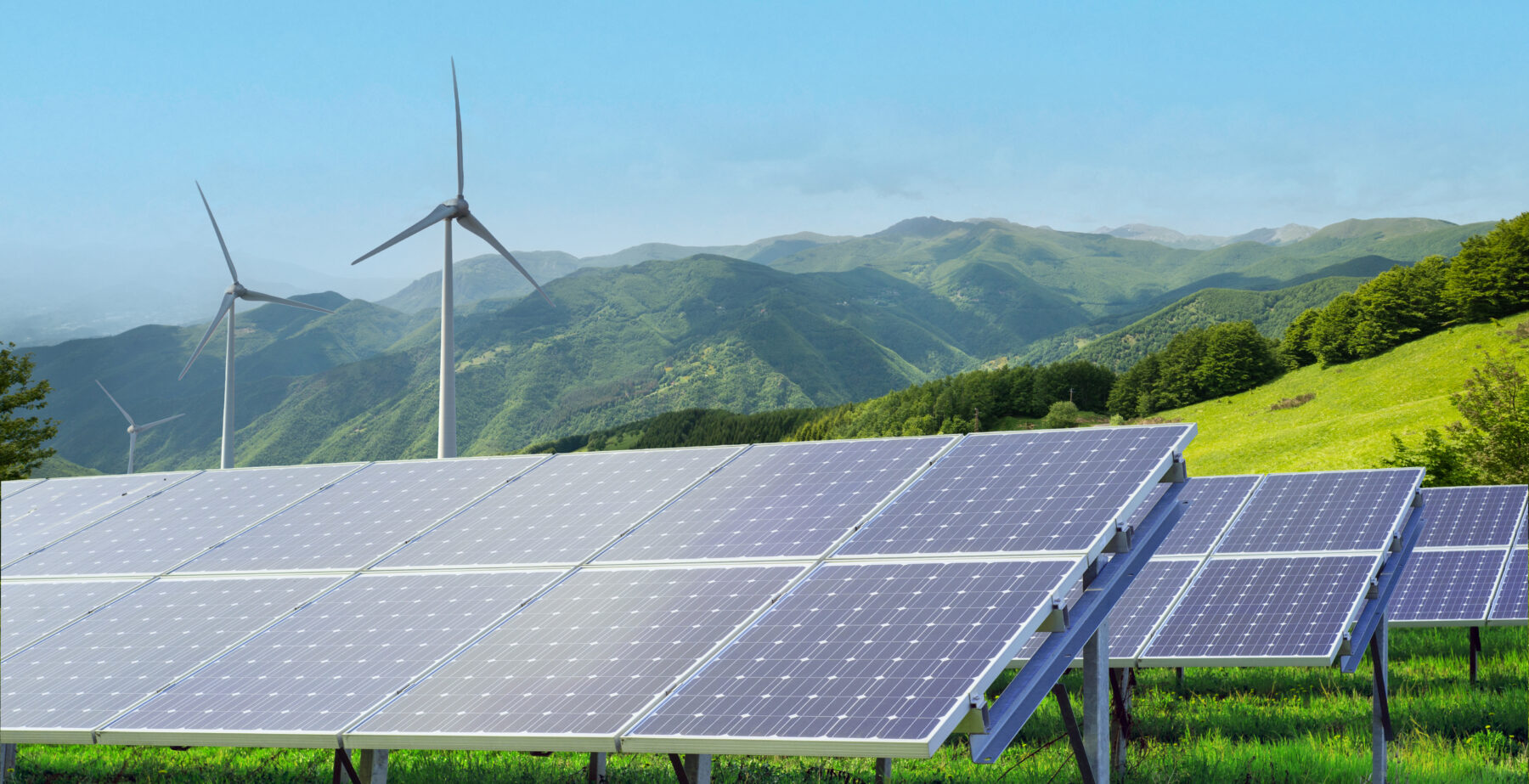Hello power, what’s the future?

This article is brought to you by LAVO.
Most of us don’t really know where we get the power to turn on our lights or run our laptops. It is just there, at the flick of a switch, a touch of a button. We use power to cool our homes, or heat them. To cook our food, or freeze it. Curl our hair, or shave it. We use power for vacuum cleaners, coffee makers, blenders and we charge everything from phones to cameras and headphones. And that is just us – then there is all the power required for business, industry, transport, entertainment… imagine how much power Harry Styles or Ed Sheeran use at one of their shows?
While we don’t know where we get our ‘juice’ from, things are definitely changing in the way we look at it. We are more aware of climate change and damage to our planet and most of us do care about, and think about, how to make that difficult transition to clean energy options. The good thing is that conversations are happening, in every suburb, town, street and pub. Everyone might not agree with the stance taken, but we are all going to have to have these discussions so that we can make choices together, as a community. After all, energy impacts on everything we do, and we most definitely are all in this together.

The wheels of change
What is renewable energy? The United Nations explains it this way: “Renewable energy is energy derived from natural sources that are replenished at a higher rate than they are consumed. Sunlight and wind, for example, are such sources that are constantly being replenished. Renewable energy sources are plentiful and all around us.”
Renewable energy is not a new thing. It has been used since at least 200BC, when water wheels converted the flow of water into energy. These evolved over centuries, as did windmills that were first used around 635AD but became infinitely better in the 1590s when the Dutch improved the original design.
The use of renewable energy has been somewhat limited because of our inability to store the energy and be able to distribute it later. Another challenge is learning how to be flexible in the way energy is used and stored to make sure we can match the demand and get the most from our renewable sources.
Innovation is the key to this conundrum, but every minute of every day, scientists, governments and companies all over the world are trying to find new ways to generate and use energy more efficiently and sustainably. Ways that do not harm the environment and give us energy security. And ways to store it so it can be used when it is needed, and where it is needed.
Australia is playing a vital role in this challenging work thanks to a talented, highly skilled workforce. This, combined with our high-quality wind and solar and our experience in exporting energy, will help propel us to become a renewable energy superpower.
LAVO is a great example of Australia’s expertise in both energy and technology. The company wants to make a difference and support the world on its path to a net zero future.

In it for the long term
LAVO is a reflection of Australia’s significant energy and technology expertise with its creative minds thinking outside the square, challenging the traditional methods and coming up with new ideas in the move to sustainable energy.
One of the important things we need to make this shift, is long duration energy storage (LDES) solutions. Solutions that can store energy and dispatch it when required – anywhere from days to months – not just when it is generated.
LAVO is developing LDES products that convert renewable energy into green hydrogen and can store it indefinitely in that state. The hydrogen can be converted back into electricity for use in the grid, or can be used directly to fuel industrial processes, manufacturing, or transport. Why hydrogen? LAVO concentrates on green hydrogen because of its likely future. It is forecast that up to a quarter of the world’s future energy needs will be met by green hydrogen. It is pivotal to a net zero future.
In February 2023, a Japanese company, Marubeni Corporation, started work on a site in South Australia that will pave the way for green hydrogen production and storage using LAVO’s metal hydride storage technology. It will lead to the first shipment of green hydrogen between Australia and Indonesia – with another first being the method of transport – on a standard cargo ship. These types of innovations in how to move energy are just as important in the quest to significantly accelerate the decarbonisation of economies around the world.
It is also a showcase for how we can work together to help make new ideas a reality.
When you next flick a switch to turn something on, think about what that might look like in five years, or 10, or 20. And next time you have a conversation about renewable energy, think about green hydrogen, and companies like LAVO that are steering us to that achievable net zero goal.

This article is brought to you by LAVO.
We’re LAVO. Driving the green energy transition with long-duration energy storage (LDES) solutions and a digital platform to unlock the full potential of renewable energy.
To learn more about the sustainable storage solutions visit LAVO: lavo.com.au




